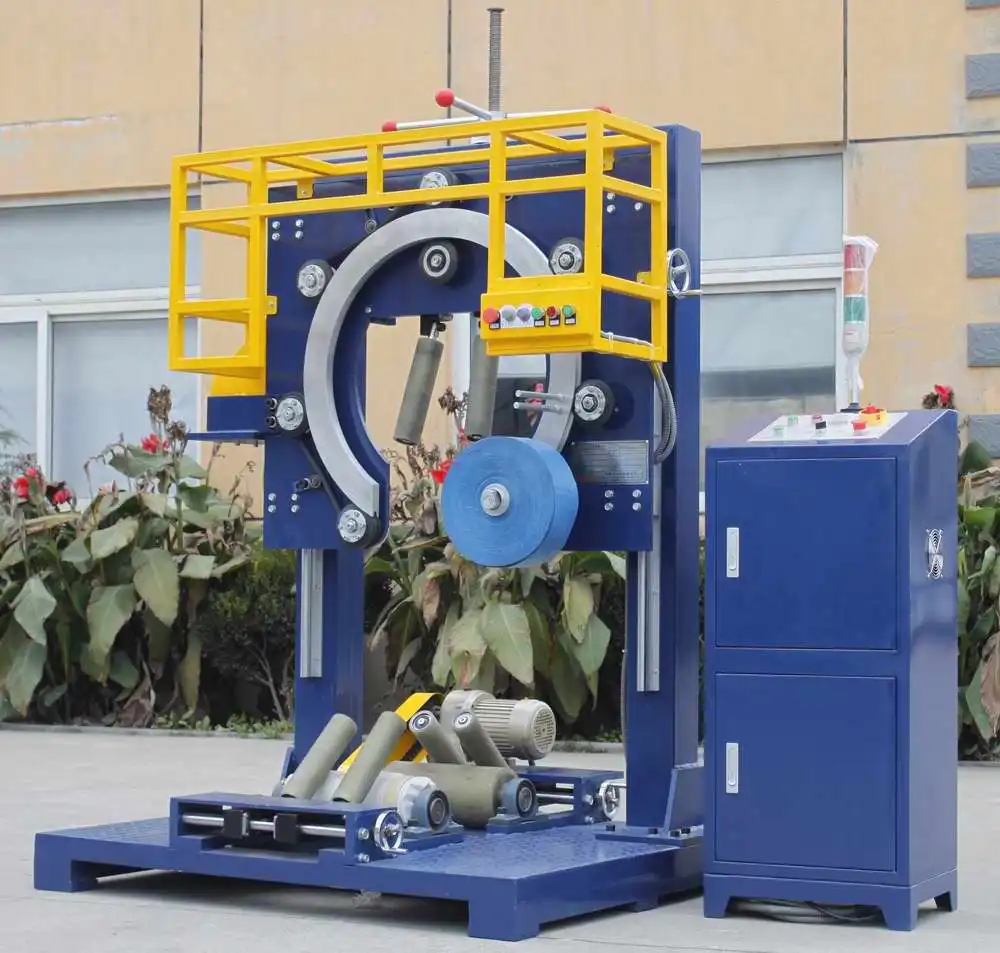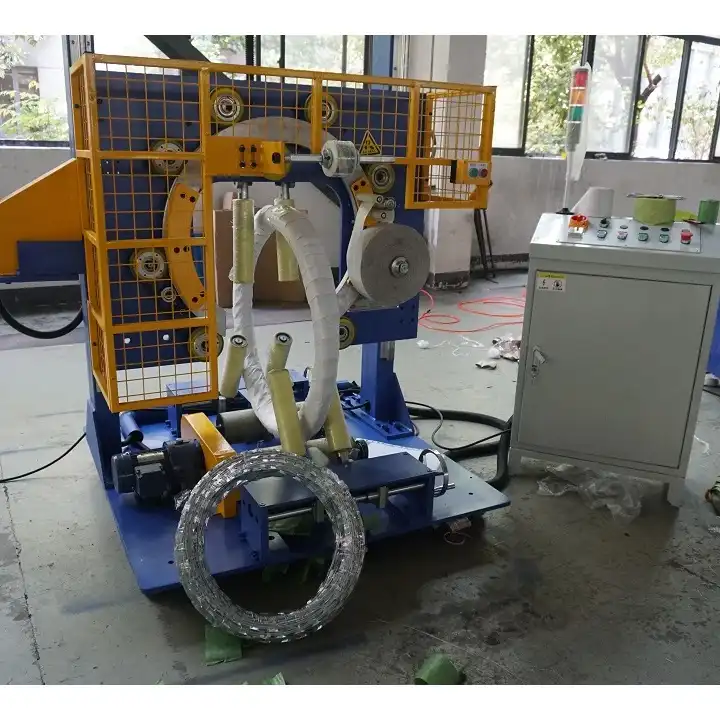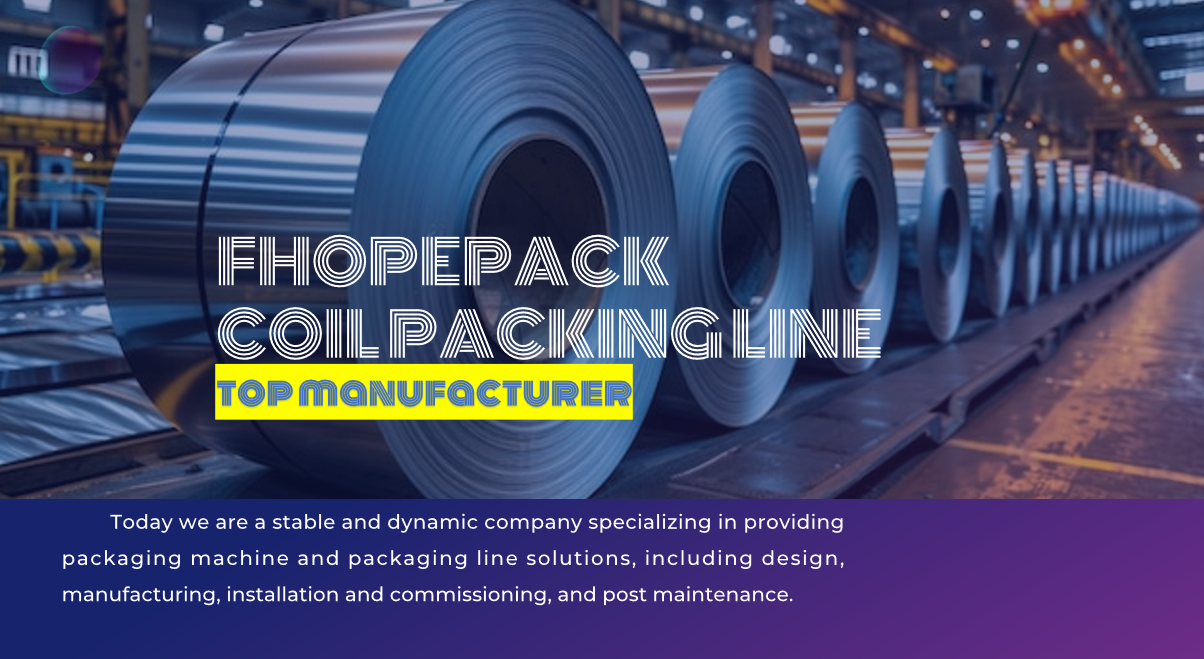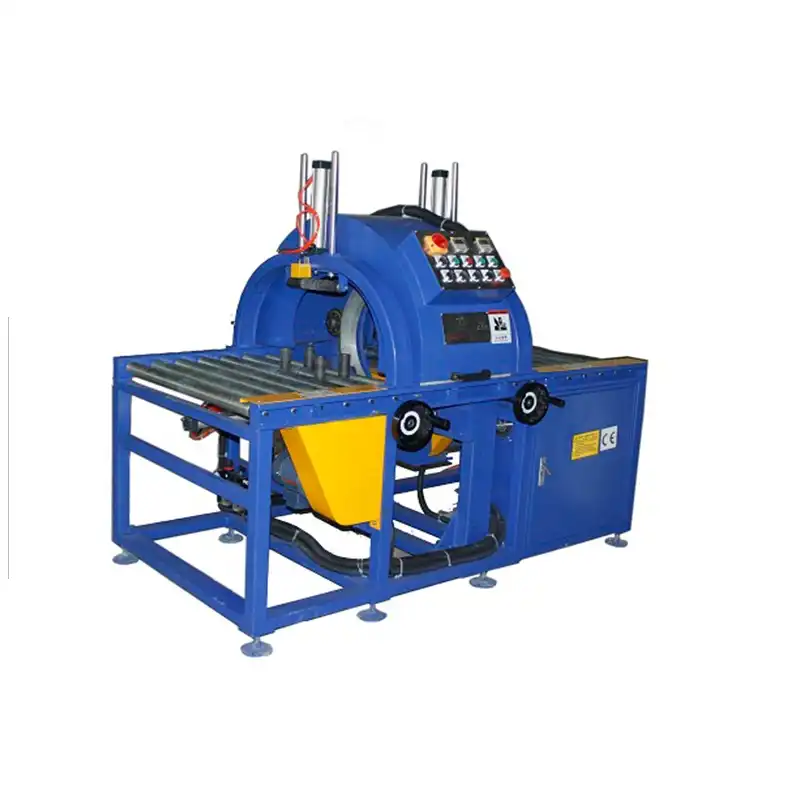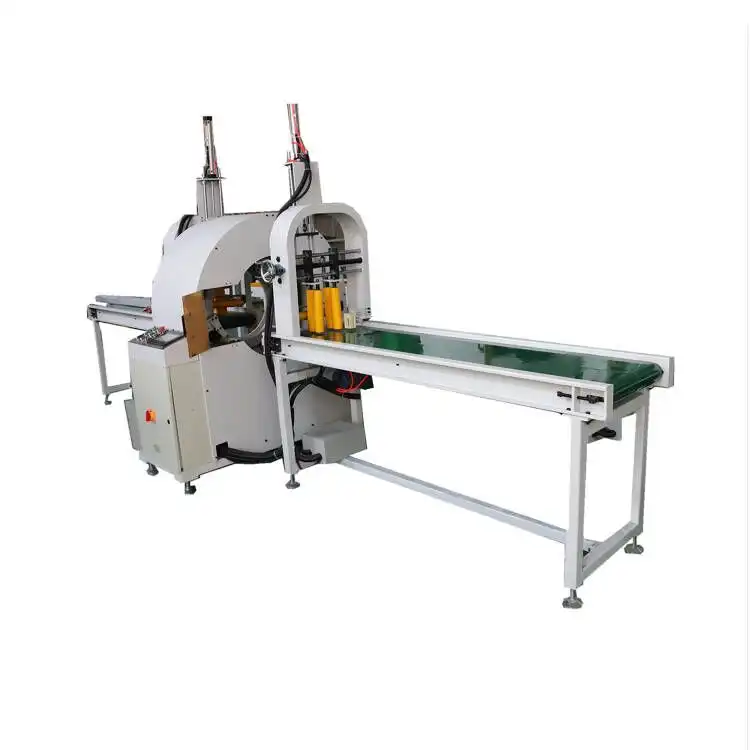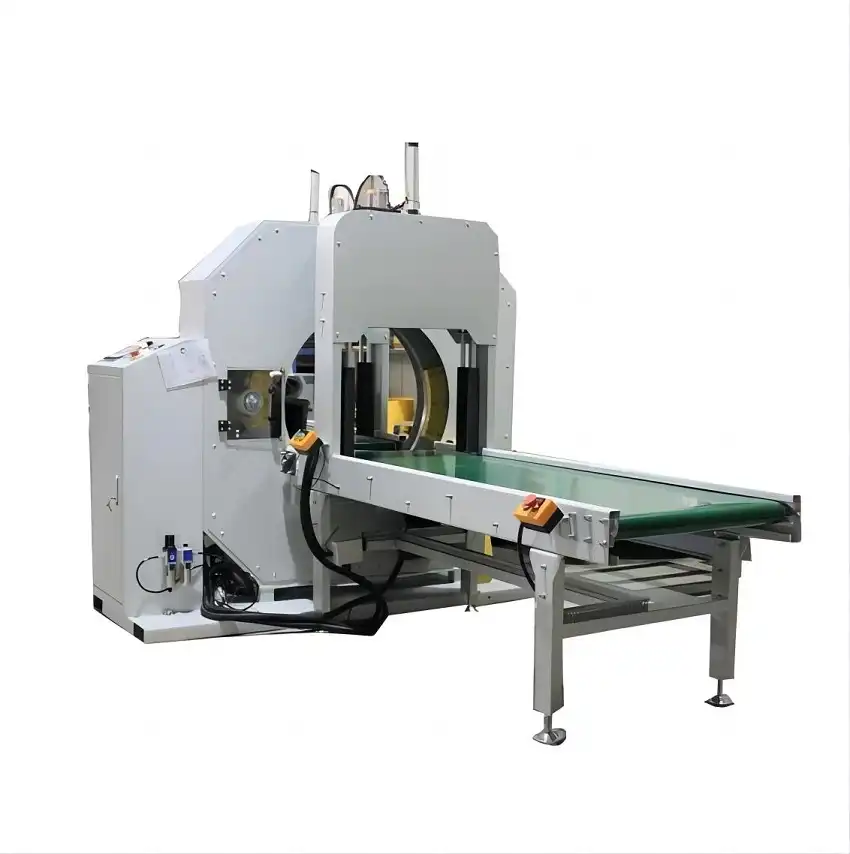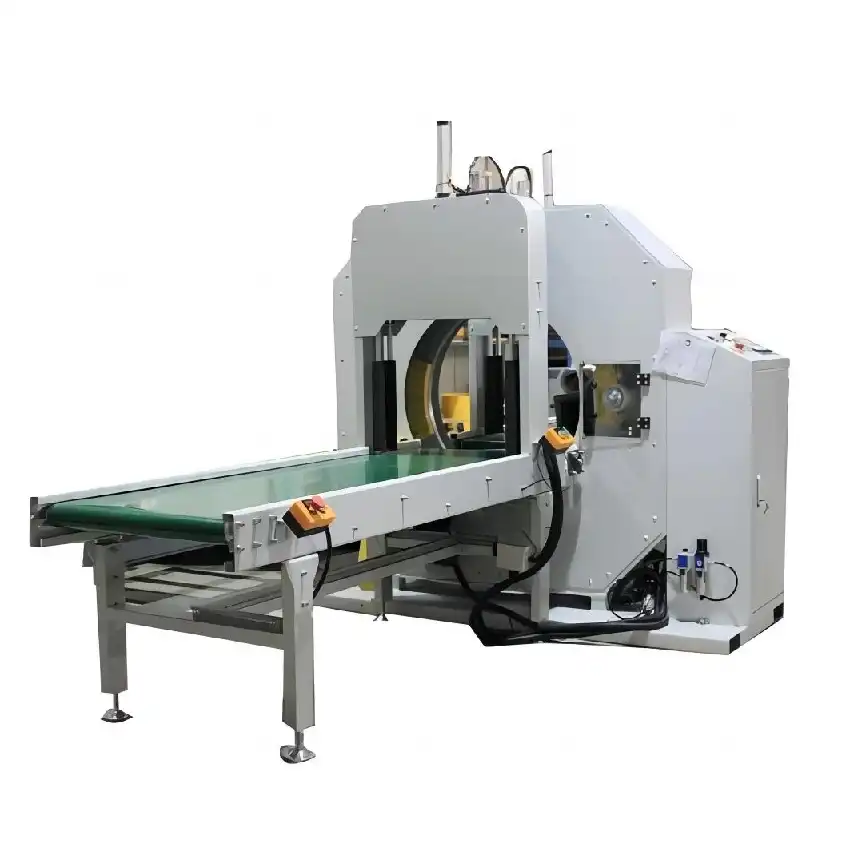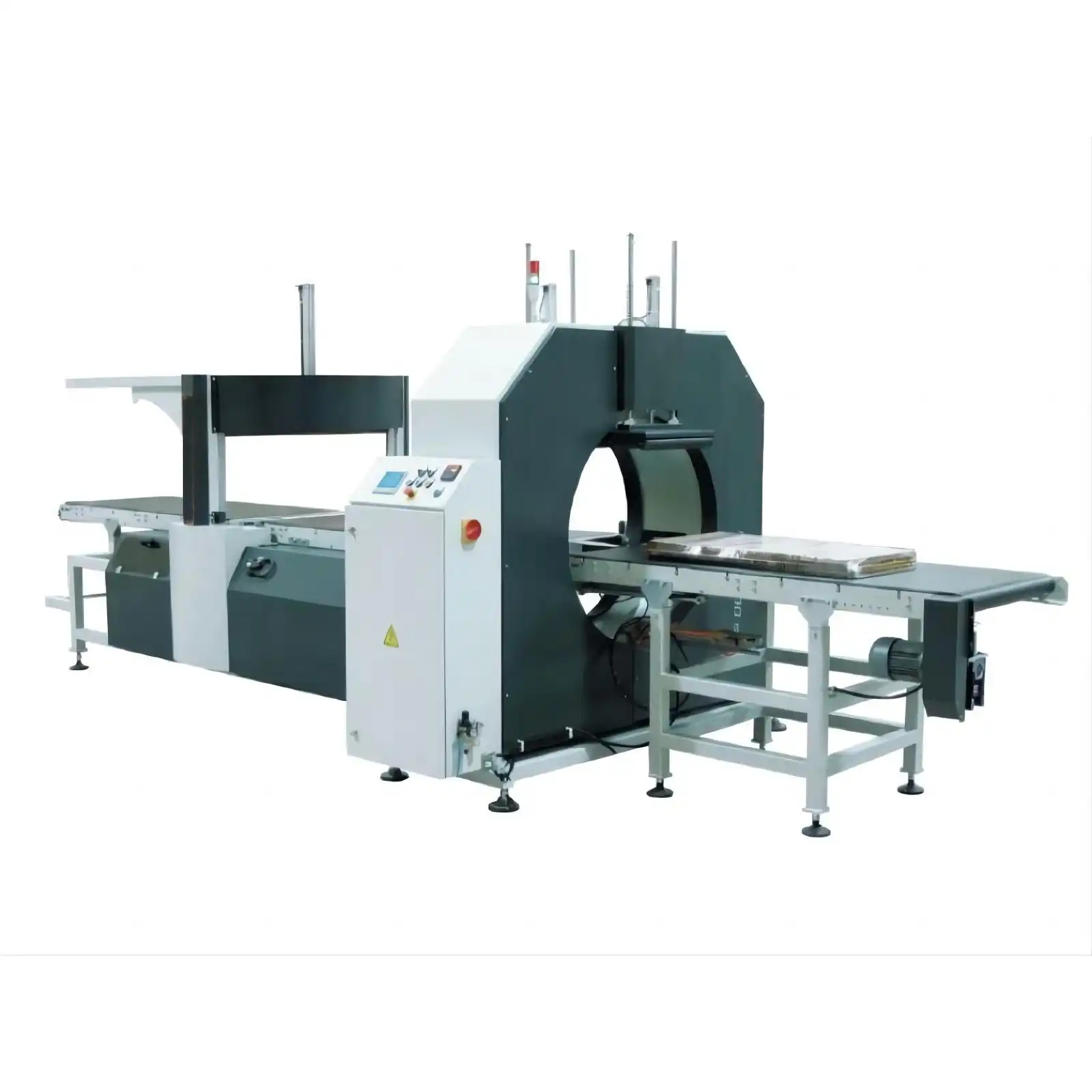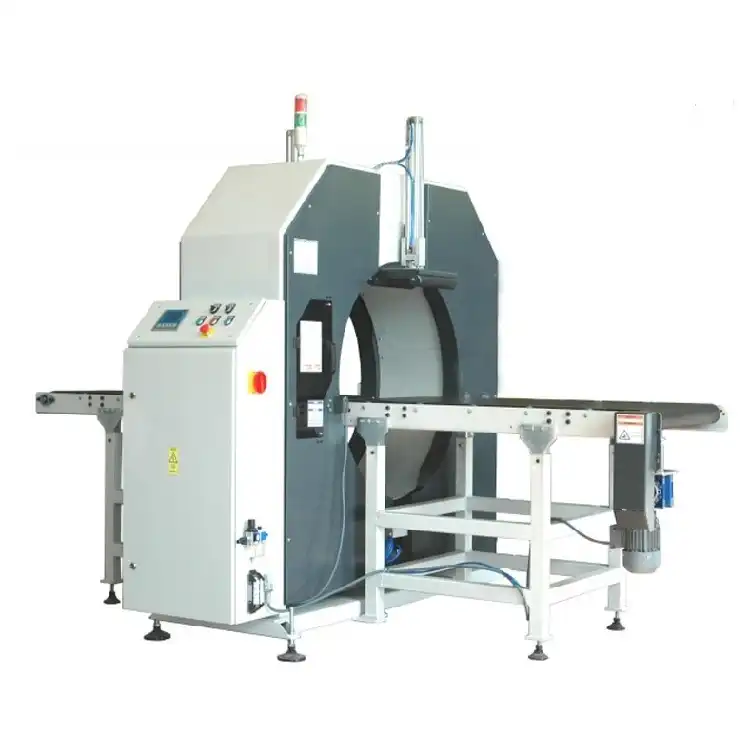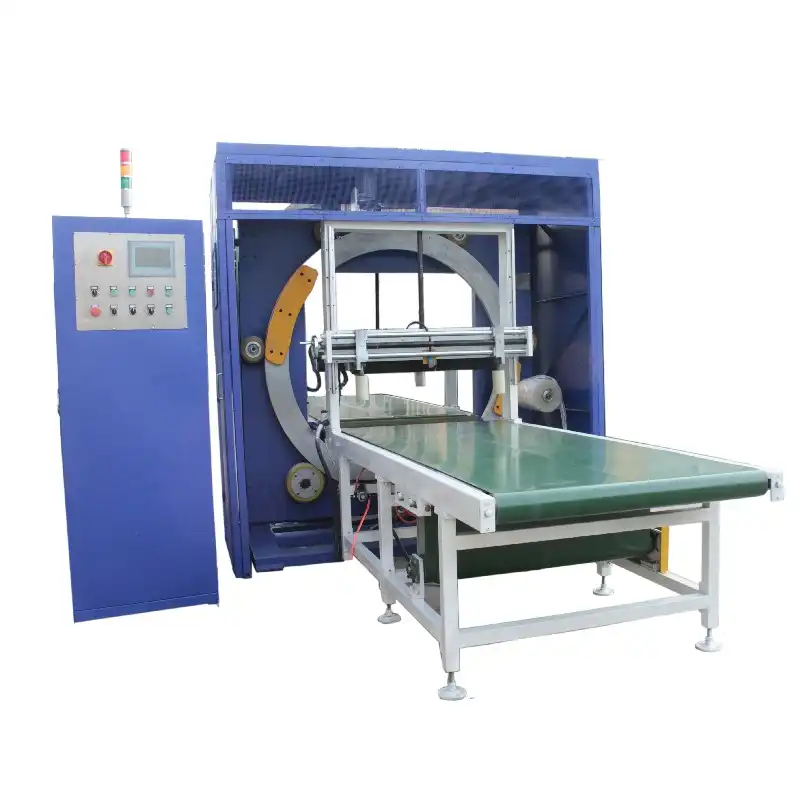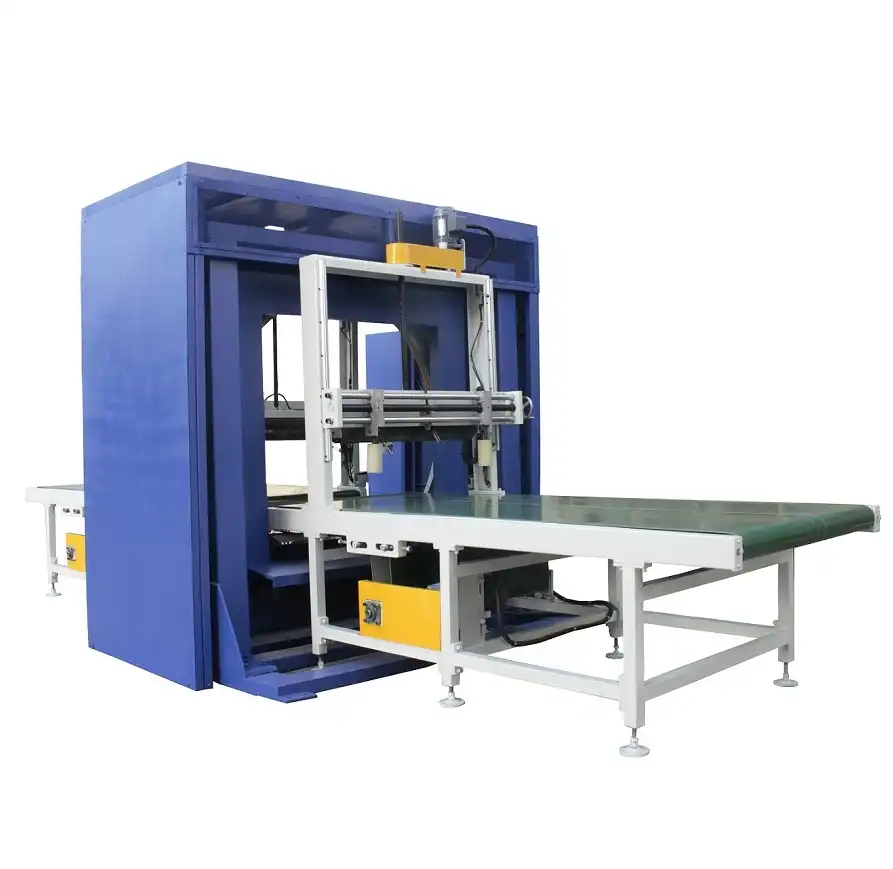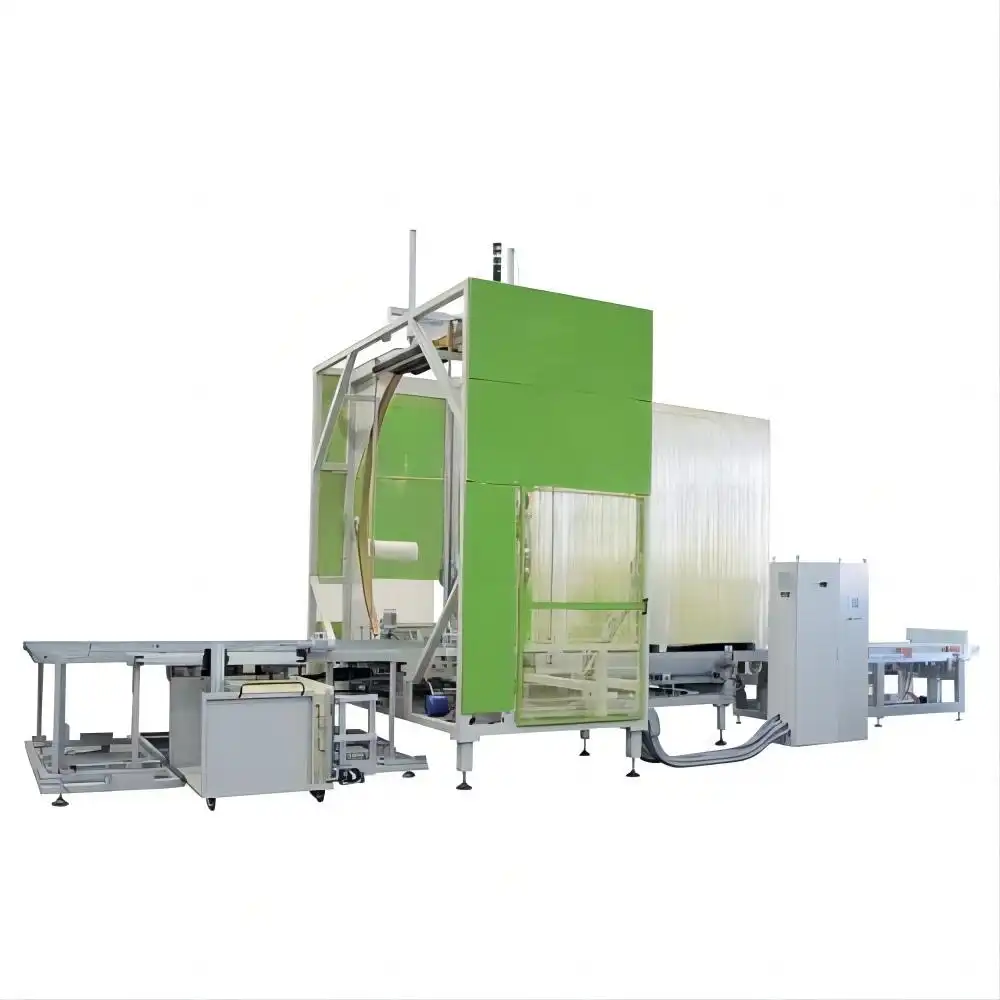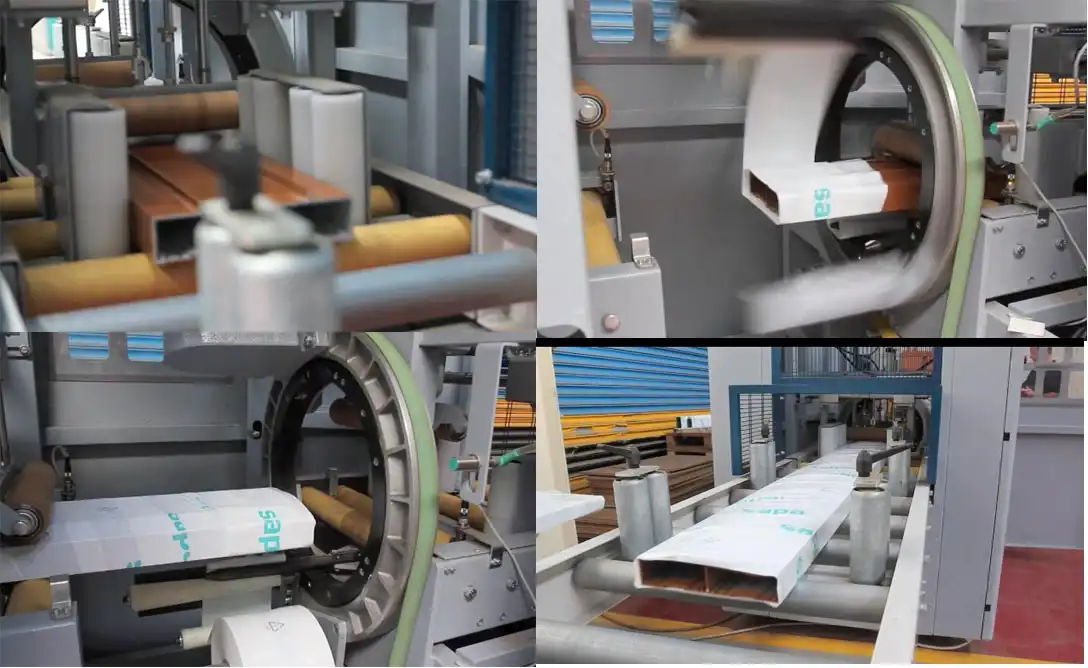Home > Products > Show Room > Coil Wrapping Machine >
Fhopepack Innovation
Troubleshooting Coil Wrapping Machines
Troubleshooting coil wrapping machines involves identifying and resolving common issues such as uneven wrapping, material jams, or mechanical malfunctions. Regular maintenance, proper operator training, and timely replacement of worn parts can minimize downtime. Understanding the machine's operation and following manufacturer guidelines ensures efficient performance and prolonged equipment lifespa
